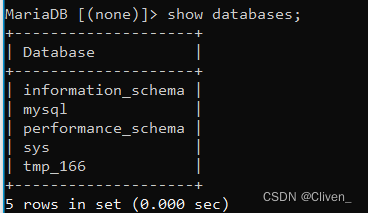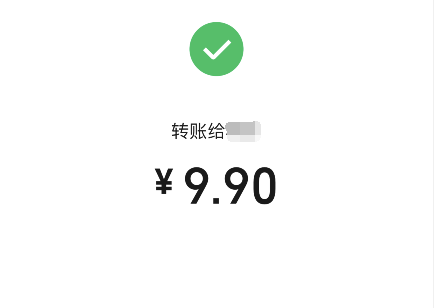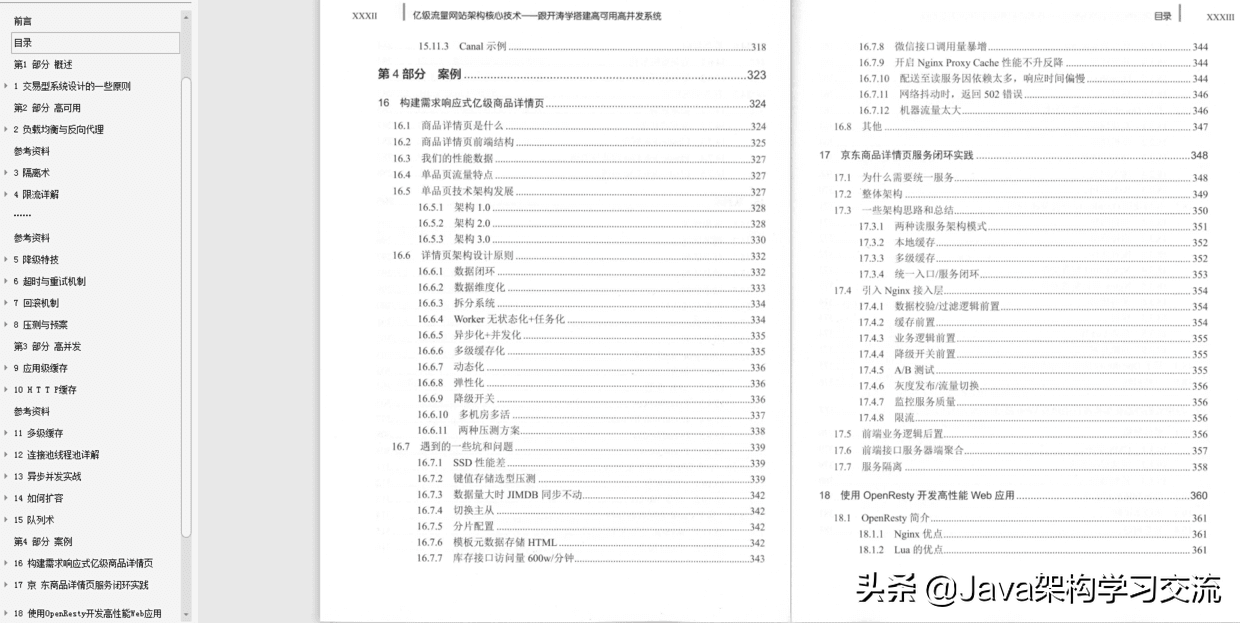本文内容来自王松老师的《深入浅出Spring Security》,自己在学习的时候为了加深理解顺手抄录的,有时候还会写一些自己的想法。
自定义登录页面
文接上篇,这一篇学习如何自定义登录表单。我们创建一个Spring Boot项目之后,还是一样引入Spring Security和Web的基本依赖:
<dependency>
<groupId>org.springframework.boot</groupId>
<artifactId>spring-boot-starter-web</artifactId>
</dependency>
<dependency>
<groupId>org.springframework.boot</groupId>
<artifactId>spring-boot-starter-security</artifactId>
</dependency>
项目创建好之后,我们配置用来登录的用户名和密码:
spring.security.user.name=tlh
spring.security.user.password=123456
spring.security.user.roles=admin,users接下来我们我们在resources/static目录下创建有个loging.thml页面。这个就是我们之定义的登录页面:
<!DOCTYPE html>
<html lang="en">
<head>
<meta charset="UTF-8">
<title>登录</title>
<link href="//maxcdn.bootstrapcdn.com/bootstrap/4.1.1/css/bootstrap.min.css" rel="stylesheet" id="bootstrap-css">
<script src="//maxcdn.bootstrapcdn.com/bootstrap/4.1.1/js/bootstrap.min.js"></script>
<script src="//cdnjs.cloudflare.com/ajax/libs/jquery/3.2.1/jquery.min.js"></script>
</head>
<style>
#login .container #login-row #login-column #login-box {
border: 1px solid #9C9C9C;
background-color: #EAEAEA;
}
</style>
<body>
<div id="login">
<div class="container">
<div id="login-row" class="row justify-content-center align-items-center">
<div id="login-column" class="col-md-6">
<div id="login-box" class="col-md-12">
<form id="login-form" class="form" action="/doLogin" method="post">
<h3 class="text-center text-info">登录</h3>
<div class="form-group">
<label for="username" class="text-info">用户名:</label><br>
<input type="text" name="uname" id="uname" class="form-control">
</div>
<div class="form-group">
<label for="password" class="text-info">密码:</label><br>
<input type="text" name="passwd" id="password" class="form-control">
</div>
<div class="form-group">
<input type="submit" name="submit" class="btn btn-info btn-md" value="登录">
</div>
</form>
</div>
</div>
</div>
</div>
</div>
</body>这个login.html中的核心内容就是一个登录表单,登录表单的三个地方需要注意:
- form的action是/doLogin,表示表单提交到/doLogin接口
- 用户名的输入框的name属性为uname
- 用户密码的输入框的name属性为password
login.html配置好之后我们来定义两个测试接口,作为受保护的资源。等我们登录成功之后我们就可以访问到受保护的资源。接口定义如下:
/**
* @author tlh
* @date 2022/11/15 21:25
*/
@RestController
public class HelloController {
@RequestMapping("/index")
public String index() {
return "login success";
}
@RequestMapping("/hello")
public String hello() {
return "hello spring security";
}
}最后在提供一个Spring Security的配置类:
**
* @author tlh
* @date 2022/11/16 21:11
*/
@Configuration
public class SpringSecurityConfig extends WebSecurityConfigurerAdapter {
@Override
protected void configure(HttpSecurity http) throws Exception {
http.authorizeRequests() //表示开启权限配置
.anyRequest().authenticated() //表示所有的请求都需要认证之后才能访问
.and() //返回HttpSecurity对象
.formLogin() //采用表单登录的方式认证
.loginPage("/login.html") //配置登录页面
.loginProcessingUrl("/doLogin") //配置登录接口
.defaultSuccessUrl("/index") //登录认证成功之后跳转的地址
.failureUrl("/login.html") //登录认证失败的时候跳转的地址
.usernameParameter("uname") //登录表单提交时用户名的参数名称
.passwordParameter("passwd") //登录表单提交时密码的参数名称
.permitAll() //表示登录相关的页面接口不做拦截直接通过。
.and() //返回HttpSecurity对象
.csrf().disable(); //禁用CSRF防御机制
}
}
这里需要注意的是loginProcessingUrl、usernameParameter、passwordParameter需要和login.html中登录表单的配置一致。
配置完成之后,我们启动Spring Boot项目,在浏览器中输入:http://localhost:8080/index ,会自动跳转到:http://localhost:8080/login.html 。输入正确的账号和密码就能访问到我们index接口了。

登录成功之后的页面:
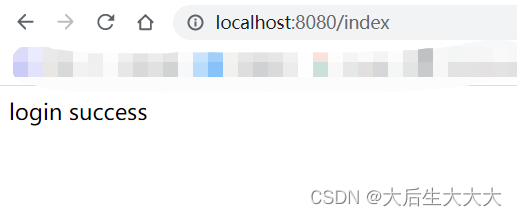
经过上面的配置我们已经自定义了一个登录页面了,用户登录成功之后就能访问受保护的资源了。
详细配置
前面讲的配置比较粗糙,这里还有一些比较详细的配置我们一起来学习下。登录成功之后,除了defaultSuccessUrl可以实现登录成功之后的跳转之外,successForwardUrl也能实现相同的功能。代码如下:
/**
* @author tlh
* @date 2022/11/16 21:11
*/
@Configuration
public class SpringSecurityConfig extends WebSecurityConfigurerAdapter {
@Override
protected void configure(HttpSecurity http) throws Exception {
http.authorizeRequests()
.anyRequest().authenticated()
.and()
.formLogin()
.loginPage("/login.html")
.loginProcessingUrl("/doLogin")
.successForwardUrl("/index")
.failureUrl("/login.html")
.usernameParameter("uname")
.passwordParameter("passwd")
.permitAll()
.and()
.csrf().disable();
}
}defaultSuccessUrl和successForwardUrl两者不同的地方在于:
- defaultSuccessUrl表示等用户登录成功之后,会自动重定向到登录之前的地址上去。比如:用户在没有认证登录前访问的是/index,用户会被自动重定向到登录页面,用户输入正确的账号和密码之后又会被重定向到/index地址上。
- successForwardUrl不会考虑之前的用户访问的什么地址,只要用户登录成功就会通过服务端跳转到successForwardUrl所指定的页面。
- defaultSuccessUrl还有一个重载的方法,如果第二个参数传入true,就能实现和successForwardUrl相同的效果。即不考虑用户之前访问的地址,只要成功就会重定向到defaultSuccessUrl指定的地址。两者不同的地方在于defaultSuccessUrl是通过重定向试下你的跳转(客户端跳转),而successForwardUrl则是通过服务端实现跳转的。
无论是defaultSuccessUrl还是successForwardUrl,最终都是通过AuthenticationSuccessHandler的实例来实现的:
public interface AuthenticationSuccessHandler {
default void onAuthenticationSuccess(HttpServletRequest request, HttpServletResponse response, FilterChain chain,
Authentication authentication) throws IOException, ServletException {
onAuthenticationSuccess(request, response, authentication);
chain.doFilter(request, response);
}
void onAuthenticationSuccess(HttpServletRequest request, HttpServletResponse response,
Authentication authentication) throws IOException, ServletException;
}AuthenticationSuccessHandler的默认实现类有三个:ForwardAuthenticationSuccessHandler、SavedRequestAwareAuthenticationSuccessHandler、SimpleUrlAuthenticationSuccessHandler。

不管是ForwardAuthenticationSuccessHandler还是SavedRequestAwareAuthenticationSuccessHandler或者是SimpleUrlAuthenticationSuccessHandler都是来实现页面跳转的。现在更加流行的是前后端分离的开发模式了,更多时候后端返回的是Json数据。下面我们通过自定义AuthenticationSuccessHandler来实现登录成功之后返回Json字符串。我们发现在配置 defaultSuccessUrl和successForwardUrl的时候其实是间接配置AuthenticationSuccessHandler的实例,那我们就直接自己实现AuthenticationSuccessHandler的实例。代码如下:
/**
* @author tlh
* @date 2022/11/16 21:11
*/
@Configuration
public class SpringSecurityConfig extends WebSecurityConfigurerAdapter {
@Override
protected void configure(HttpSecurity http) throws Exception {
http.authorizeRequests()
.anyRequest().authenticated()
.and()
.formLogin()
.loginPage("/login.html")
.loginProcessingUrl("/doLogin")
.successHandler(getAuthenticationSuccessHandler())
.failureUrl("/login.html")
.usernameParameter("uname")
.passwordParameter("passwd")
.permitAll()
.and()
.csrf().disable();
}
AuthenticationSuccessHandler getAuthenticationSuccessHandler() {
return new AuthenticationSuccessHandler() {
@Override
public void onAuthenticationSuccess(HttpServletRequest request, HttpServletResponse response, Authentication authentication) throws IOException, ServletException {
response.setContentType("application/json;charset=utf-8");
Map<String, String> respMap = new HashMap<>(2);
respMap.put("code", "200");
respMap.put("msg", "登录成功");
ObjectMapper objectMapper = new ObjectMapper();
String jsonStr = objectMapper.writeValueAsString(respMap);
response.getWriter().write(jsonStr);
}
};
}
}重启项目登录成功之后就能看到服务器返回的Json字符串:
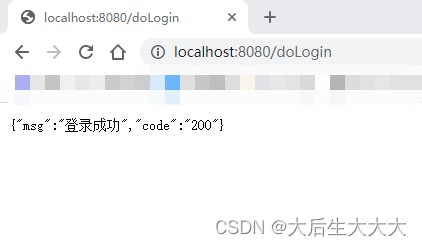
小结
上面是登录页面自定义和登录认证成功之后的讲解。其实登录认证失败和登出的逻辑非常类似,有兴趣的小伙伴可以自己看看api来实现。实现关键词:AuthenticationFailureHandler和logoutSuccessHandler



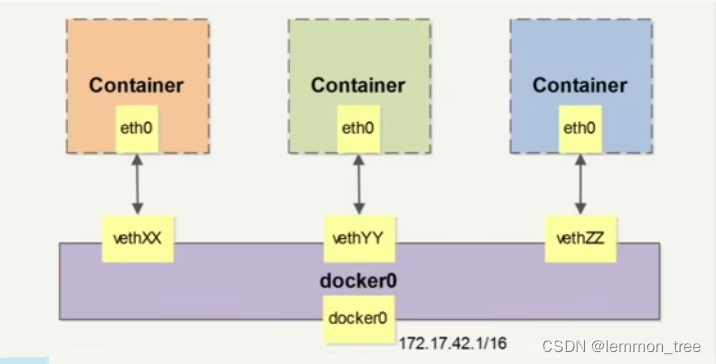


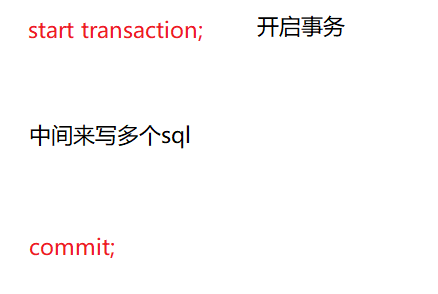



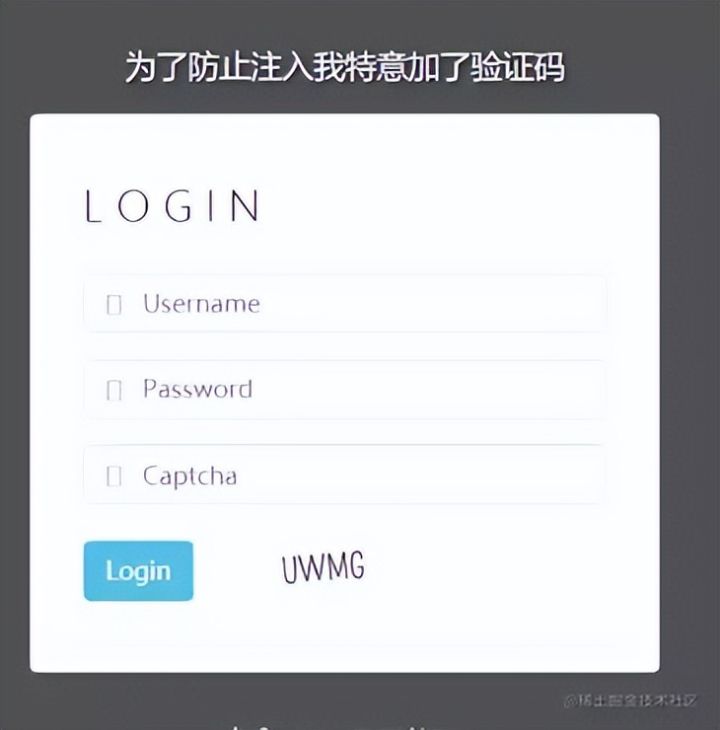

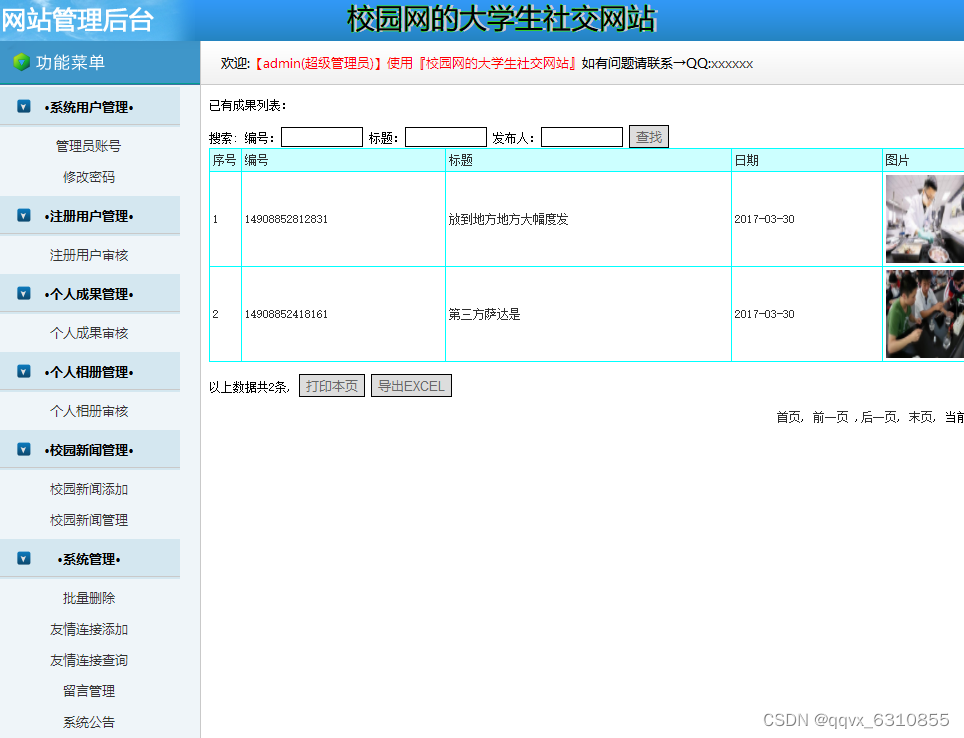
![[附源码]SSM计算机毕业设计餐厅卫生安全系统JAVA](https://img-blog.csdnimg.cn/d3e9a8c9b6aa49ec891b6703ed24ae77.png)
